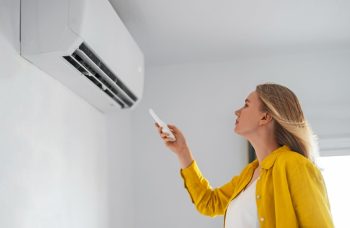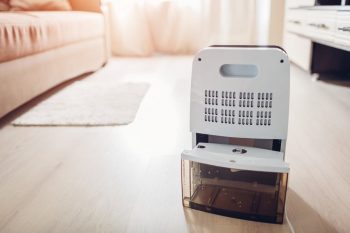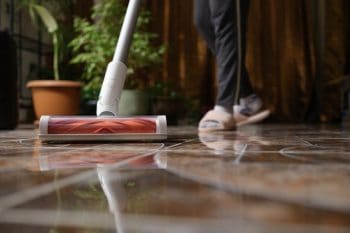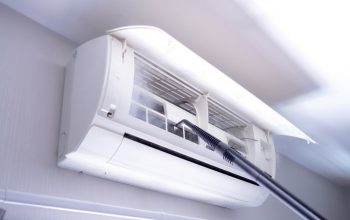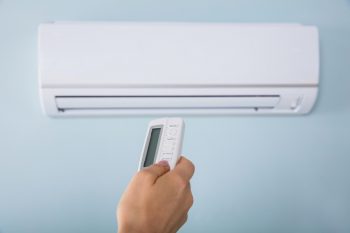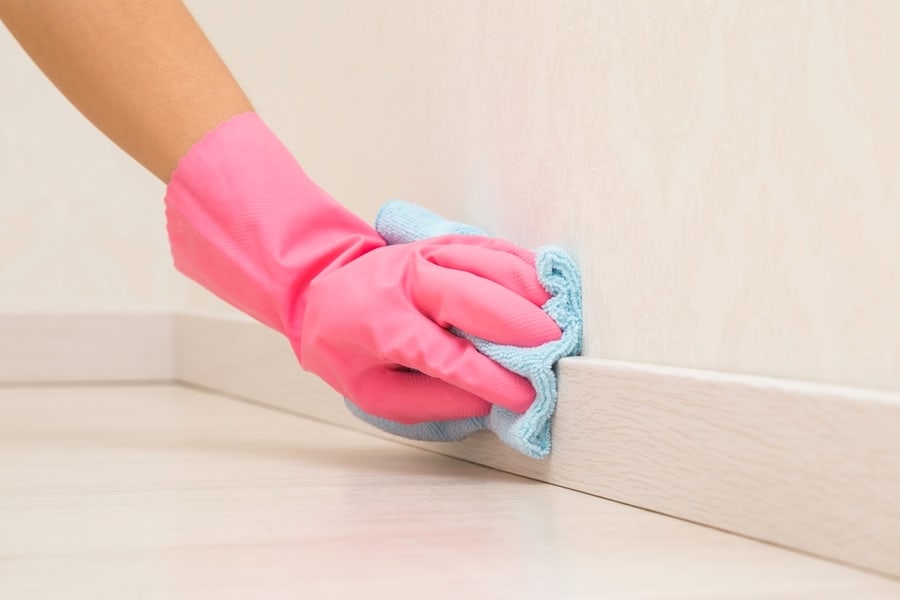
One of the drawbacks of running a robot vacuum is that it can scuff up your baseboards. Of course, the damage is minimal at best.
But the black marks on your baseboards, plus the white streaks on the robot vacuum’s body, can be annoying for most homeowners.
At this point, consider retiring your robot vacuum for good to avoid the damage it does to your baseboards.
But before you pull out your manually operated vacuum, here’s what you can do to protect your baseboards from your Roomba’s relentless bumping.
- Roombas can cause scratches on painted baseboards.
- To prevent damage to the baseboards and your vacuum, you can place felt strips on your vacuum’s sides.
- Some manufacturers sell robot vacuum covers that are specifically designed for robot vacs.
- Most of the time, the older robot vacuum models cause the most damage to baseboards.
You’d be surprised how much force a robot vacuum can have as it pulls itself along your floor. This strength also means that a robot vacuum might scrape your baseboards as it travels along, rubbing its body against the painted panels. While this might cause some scratches and scuff, there are things you can do to prevent it.
How To Protect Your Baseboards From Robot Vacuum Marks
1. Apply Felt Strips to Your Vacuum
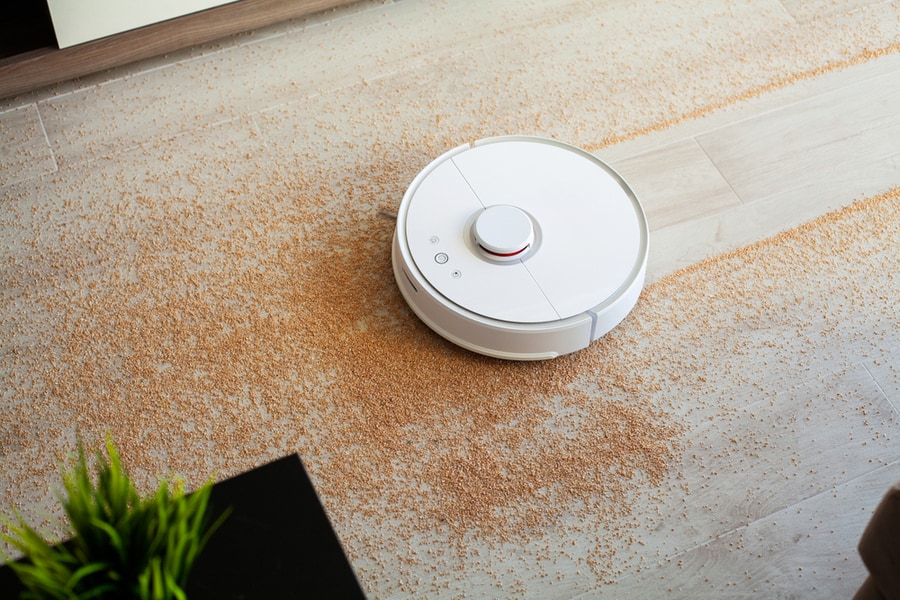
You can find felt strips through your local craft or hobby store, usually with adhesive backing.
Simply adding a few strips to the sides of your vacuum can keep it from scratching and scuffing your baseboards.
Remember that some robot vacuum models have sensors around their edges. Make sure to place the strips carefully not to cover any of the robot’s sensors.
2. Use a Robot Vacuum Cover
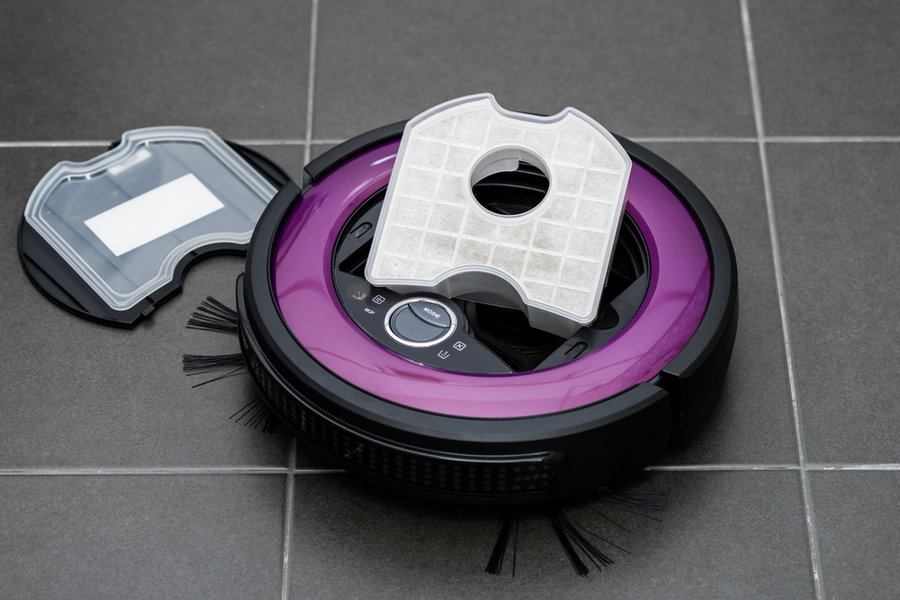
You’re not alone in your plight to prevent damage to your baseboards. Many homeowners have had similar issues, so manufacturers have released robot vacuum covers.
Made from a soft fabric material, these covers are designed to fit perfectly over your robot vacuum to avoid its sensors and control panel.
They come in various styles and colors, incorporating details that make them look like fun animals. But of course, there are also plain and simple options that keep your robot discreet.
Why Does My Robot Vacuum Keep Hitting the Walls?
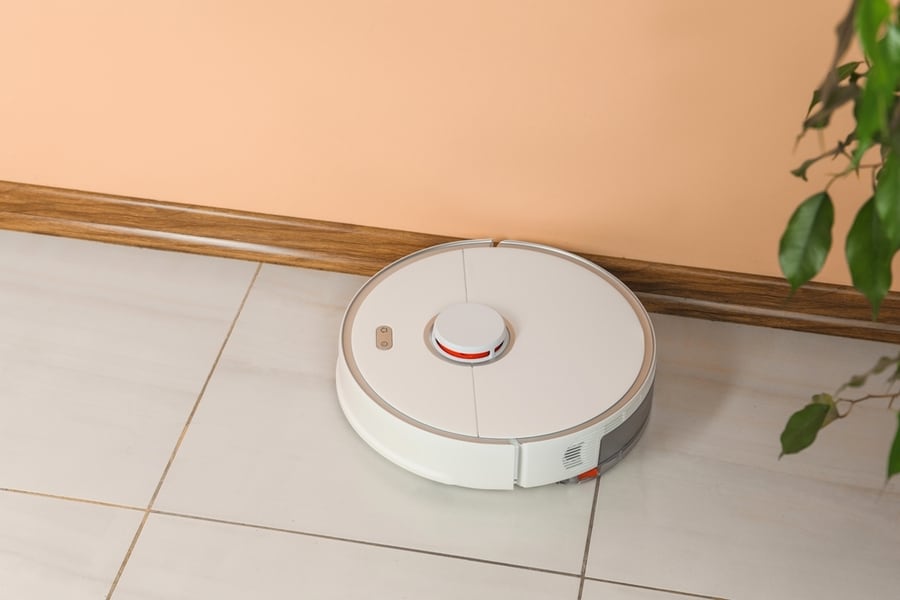
Most of the time, the robot vacuums that hit walls and continue to scrape against them despite the impact are the older ones.
Newer robot vacuum models are designed to turn and head in a different direction when they bump into something.
If you’re using a new robot vacuum model and it continues to move forward despite being right up against your baseboards, you might want to clean it or have it checked.
Some dirt might obstruct its sensors or issues with its parts or system.
Takeaway
If your robot vacuum keeps causing damage to your white baseboards, you might benefit from a cover or a few felt strips.
Adding a layer of padded protection around your vacuum can keep it operating as it normally would, minus the potential damage to your baseboards and furniture.
Frequently Asked Questions
How Can I Block a Robot Vacuum?
If you don’t want your vacuum entering a specific area, you can use a compatible magnetic tape to create a boundary for your robot vac.
Some models also allow users to create boundaries by blocking certain rooms in your map through the dedicated app.
Can a Robot Vacuum Clean Baseboards?
Yes, newer models of Roomba robot vacuums can vacuum your baseboards.
These models can detect your baseboards and provide specific cleaning performance to eliminate lodged dirt and dust that might accumulate along the tight edges and corners.

